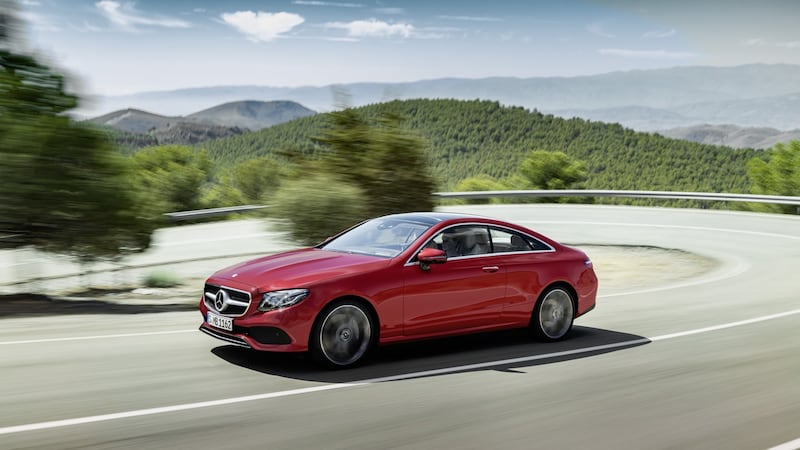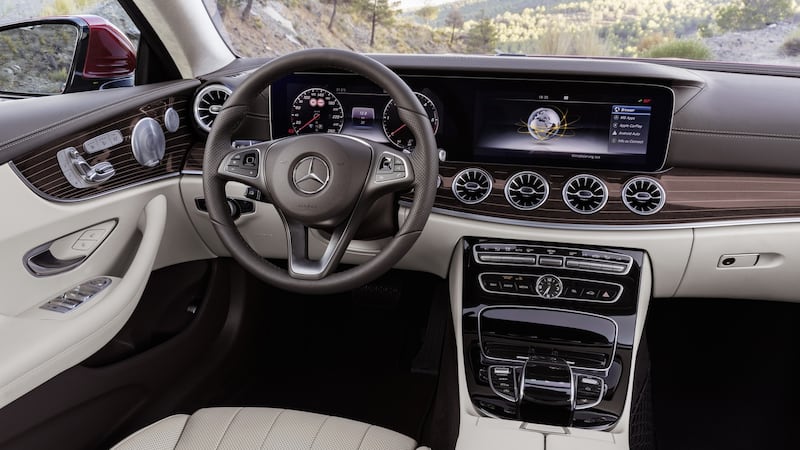The ever-expanding mid-size Mercedes-Benz range is about to get bigger again with the German premium giant officially taking the wraps off its E-Class Coupé.
The two-door, four-seat hardtop will join the E-Class saloon, estate and the just-launched All-Terrain soft-roader early next year and is also expected to be joined by a convertible in 2018 or 2019.
The move gives Mercedes-Benz the broadest passenger car-based coupe footprint of any premium carmaker, with hardtop two-door versions of the C-, E- and S-classes. Audi has just the A5 and its variants, while BMW has only the 4- and 6-series coupes.


It will adopt the powertrain choices from the E-Class saloon and estate ranges, too, along with its three-chamber air suspension system, part-autonomous driving technology, widescreen cockpit layout and smartphone integration.
It’s a far longer, wider car, with more interior space, than its predecessor, and well it should be. The old E-Class Coupe was actually a C-Class wearing E-Class lookalike clothes, while this one is actually based off the E-Class range.
It’s 4,826mm long, 1,860mm wide and 1,430mm high, though perhaps the key handling-related dimension is that the 1,605mm front and 1,609mm rear tracks mean the front wheels sit 67mm further apart than before, while the rear wheels are 68 mm further apart.
Almost 200 mm shorter than the S-Class Coupe, the new E-Class Coupe is 123 mm longer than its predecessor, with 113 mm of that coming from within the wheelbase. It’s also 74 mm wider and 32 mm higher.
Mercedes claims most of the gains in wheelbase and height have been given over to the rear-seat occupants, who were very much the poor relations last time around. It insists full-size adults can sit comfortably in the rear for extended periods thanks to a 74 mm increase in legroom and a 15 mm jump in headroom.
The front end might not have won the arguments over legroom (and didn’t need to, frankly), but they won all the others. Front-seat passengers get an 18 mm rise in headroom, a 50 mm lift in shoulder space (the rear seats get a lift of only 34 mm) and 38 mm more elbow room (versus 13 mm more in the rear).
Like the saloons, the layout can be switched between standard, sport and “progressive” display designs, depending on the mood, and the interior’s LED moodlights can slide through all colours of the rainbow and a range of brightness levels.










